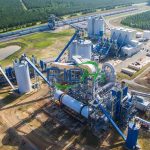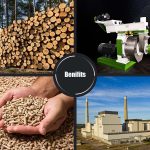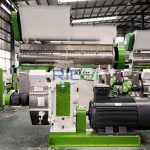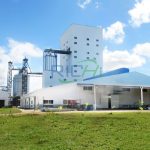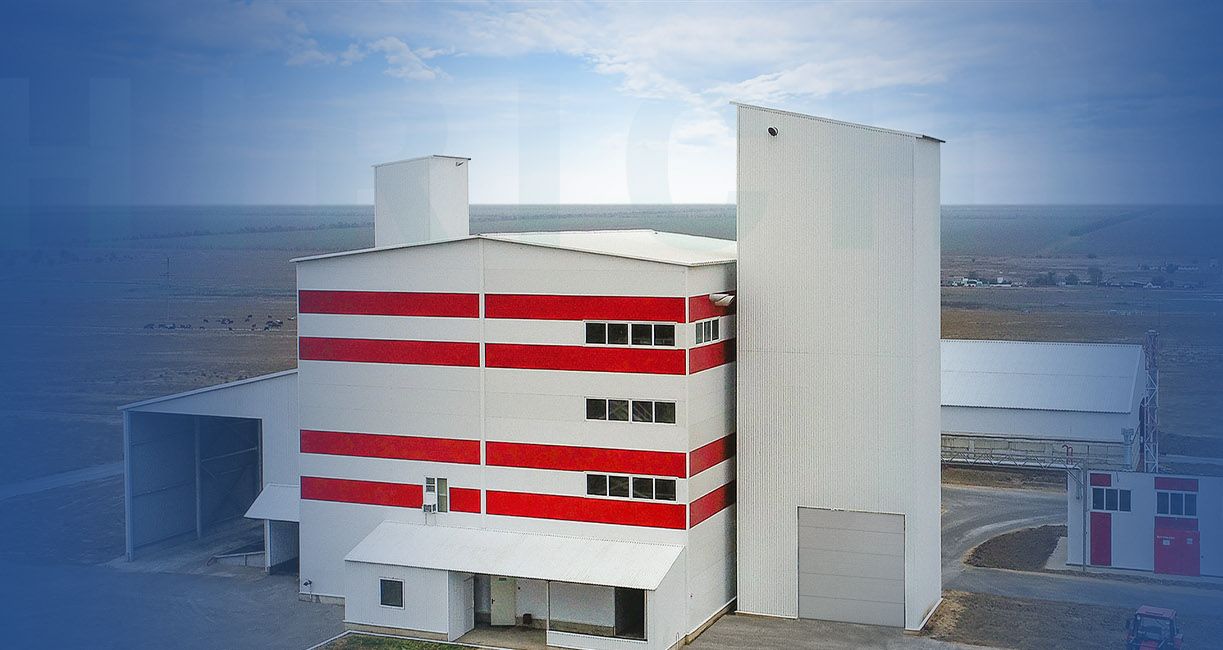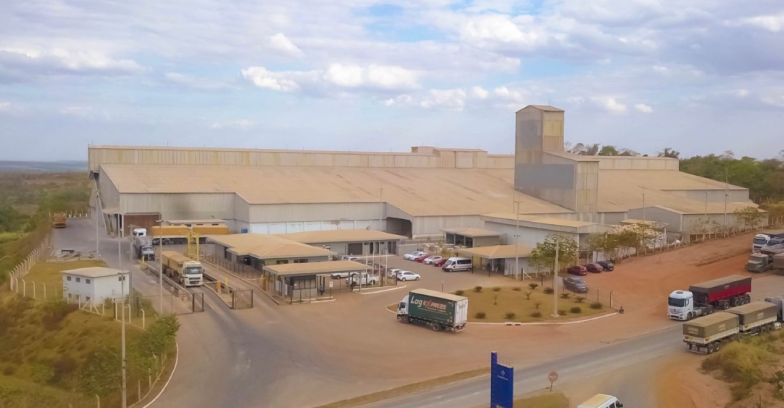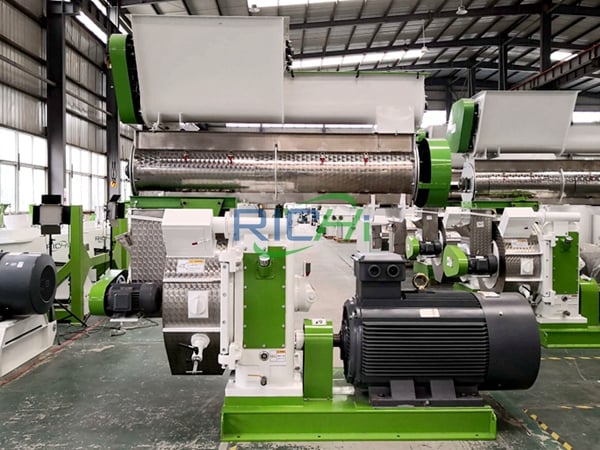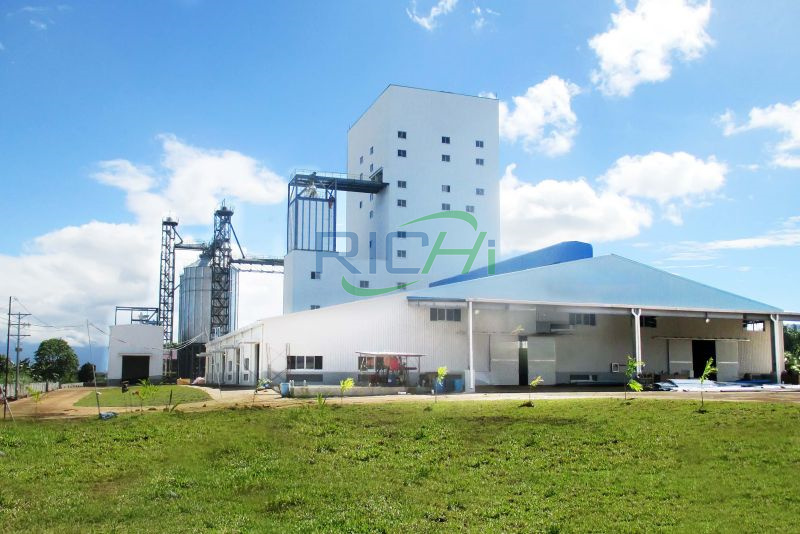When setting up a 5 tons per hour (t/h) premix feed mill, one of the most significant considerations is the cost of equipment. This cost can vary widely depending on several factors, including the region where the mill is being established. This article explores how and why equipment costs for a 5t/h premix feed mill might differ across various regions and the implications of these differences on the overall investment and operational efficiency.
Key Equipment Components for a 5t/h Premix Feed Mill
A typical 5t/h premix feed mill includes several essential components:
- Raw Material Handling Equipment
- Grinding Equipment
- Mixing Equipment
- Packaging Equipment
- Auxiliary Equipment
Factors Influencing Equipment Costs by Region
- Local Manufacturing and Import Costs
- Local Manufacturing: In regions with a well-established manufacturing base for feed mill equipment, costs may be lower due to reduced transportation and import duties. For example, China and India have numerous manufacturers producing high-quality feed mill equipment at competitive prices.
- Import Costs: In regions where equipment needs to be imported, additional costs such as shipping, import duties, and taxes can significantly increase the overall equipment cost. This is often the case in countries with limited local manufacturing capabilities.
- Labor Costs
- High Labor Cost Regions: In regions with high labor costs, such as North America and Western Europe, the cost of manufacturing and assembling equipment is higher. This can lead to increased equipment prices.
- Low Labor Cost Regions: Conversely, in regions with lower labor costs, such as Southeast Asia and parts of Africa, the cost of manufacturing equipment is generally lower, resulting in more affordable equipment prices.
- Regulatory and Compliance Costs
- Stringent Regulations: Regions with stringent environmental and safety regulations may require more advanced and compliant equipment, which can be more expensive. For instance, the European Union has strict regulations that necessitate high-quality, compliant machinery.
- Less Stringent Regulations: In regions with less stringent regulations, the cost of equipment may be lower as manufacturers can use simpler, less costly designs.
- Availability of Raw Materials
- Abundant Raw Materials: Regions with abundant raw materials for manufacturing, such as steel and other metals, may benefit from lower equipment costs. For example, China, with its vast steel production, can offer more competitively priced equipment.
- Scarce Raw Materials: In regions where raw materials are scarce or need to be imported, equipment costs can be higher due to increased material costs.
- Technological Advancements
- Advanced Technology Regions: Regions that are hubs of technological innovation, such as the United States and Germany, may offer more advanced but more expensive equipment. These regions often lead in automation and efficiency technologies.
- Developing Technology Regions: Regions that are still developing their technological capabilities may offer less advanced but more affordable equipment.
Case Study: Equipment Cost Breakdown
To illustrate how equipment costs can vary by region, let’s consider a hypothetical 5t/h premix feed mill with the following equipment cost breakdown:
| Equipment Component | Typical Cost Range (USD) |
|---|---|
| Raw Material Handling Equipment | $50,000 – $70,000 |
| Grinding Equipment | $40,000 – $60,000 |
| Mixing Equipment | $50,000 – $80,000 |
| Packaging Equipment | $30,000 – $50,000 |
| Auxiliary Equipment | $40,000 – $60,000 |
| Total | $360,000 – $560,000 |
Regional Variations
- North America
- Higher Costs: Due to high labor costs, stringent regulations, and advanced technology requirements, the equipment cost for a 5t/h premix feed mill in North America is likely to be on the higher end of the spectrum, possibly exceeding $500,000.
- Advantages: High-quality, technologically advanced equipment that ensures efficiency and compliance with strict regulations.
- Europe
- Moderate to High Costs: Similar to North America, Europe has high labor costs and stringent regulations. Equipment costs can range from $450,000 to $550,000.
- Advantages: Advanced technology and high compliance standards, ensuring efficient and sustainable operations.
- Asia (China, India)
- Lower Costs: Due to lower labor costs, abundant raw materials, and a strong manufacturing base, equipment costs in Asia can be significantly lower, ranging from $360,000 to $460,000.
- Advantages: Competitive pricing and increasing technological advancements, making it a cost-effective option for many feed mill operators.
- Africa
- Variable Costs: Equipment costs in Africa can vary widely depending on whether the equipment is locally manufactured or imported. Local manufacturing can keep costs lower, around $400,000, while imported equipment can push costs higher.
- Challenges: Potentially higher import duties and transportation costs if equipment is sourced from outside the continent.
- Latin America
- Moderate Costs: Equipment costs in Latin America can be moderate, influenced by local manufacturing capabilities and import costs. Prices can range from $400,000 to $500,000.
- Advantages: Growing manufacturing capabilities and regional trade agreements can help moderate costs.
Implications of Regional Cost Variations
- Investment Planning
Understanding regional cost variations is crucial for accurate investment planning. Investors and feed preparation plant operators need to account for these differences when budgeting for a new plant.
- Operational Efficiency
Higher initial equipment costs in regions with advanced technology can lead to greater operational efficiency and lower long-term operational costs. Conversely, lower initial costs in regions with less advanced technology may result in higher maintenance and operational expenses over time.
- Compliance and Quality
Regions with stringent regulations may require higher upfront investment in compliant equipment, but this can lead to better product quality and market acceptance. In regions with less stringent regulations, operators must balance cost savings with potential risks to product quality and safety.
- Market Competitiveness
Investing in advanced, efficient equipment can enhance a feed mill’s competitiveness by ensuring high-quality production and compliance with international standards. This can be particularly important for export-oriented businesses.
Conclusion
The equipment cost for a 5t/h premix feed mill can vary significantly by region due to factors such as local manufacturing capabilities, labor costs, regulatory requirements, raw material availability, and technological advancements. While higher costs in regions like North America and Europe are associated with advanced technology and stringent regulations, lower costs in regions like Asia and Africa reflect local manufacturing advantages and lower labor costs.
Feed mill operators and investors must carefully consider these regional variations when planning their investments. Balancing initial equipment costs with long-term operational efficiency, compliance, and product quality is essential for achieving sustainable and profitable operations in the competitive animal feed industry.
For details please contact: Richi Pellet Machine
WhatsApp:86 138 3838 9622
Email:enquiry@richipelletmachine.com


